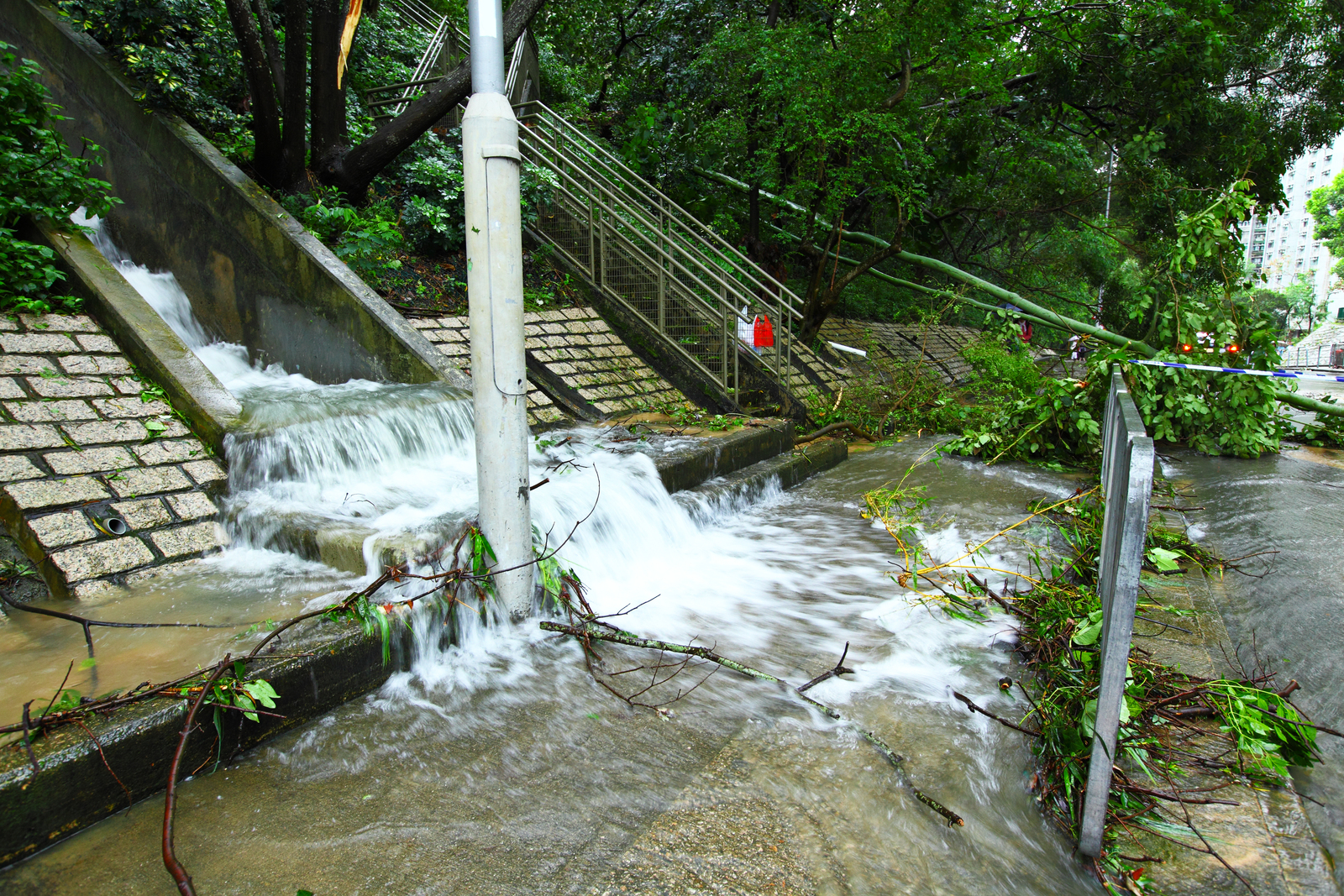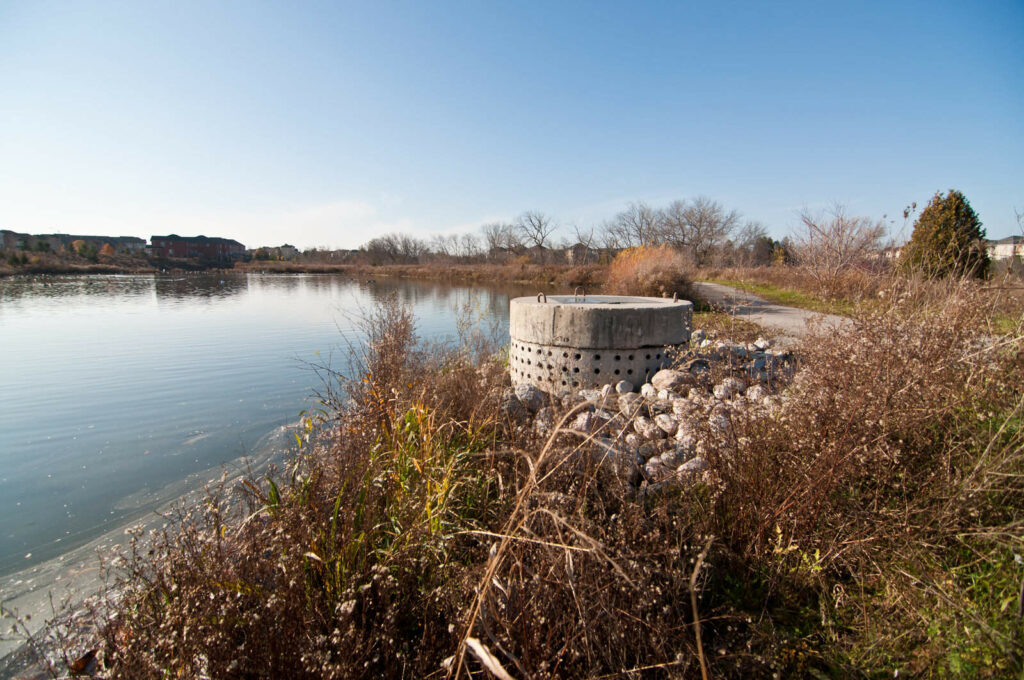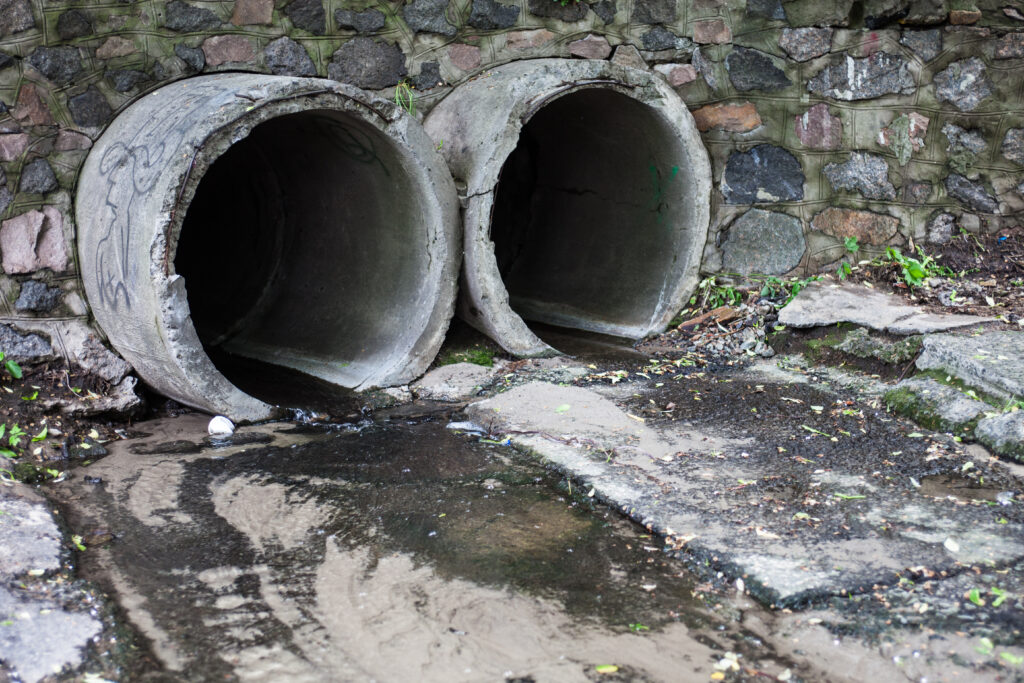Exploring The Main Components of Stormwater Systems in New Zealand

New Zealand is known for its vast and diverse landscapes and its stunning natural beauty. Stormwater systems are an important part of maintaining that beauty, as well as keeping communities safe from flooding and pollution.
Stormwater is all the water that falls onto the ground during a storm, including rain and melted snow. New Zealand has put into place a number of measures to ensure that stormwater systems are operating efficiently and safely – most of the time.
Sadly, Aucklanders have seen this up close and very, very personally lately. The devastation has been real. Here’s hoping we all recover quickly and effectively as we support each other through this crisis.
Stormwater systems in New Zealand play an important role in managing the quality and quantity of water being released into the environment. These systems are designed to collect, filter, and store water runoff from storm events and release it in a controlled manner.
In Auckland, the stormwater system includes:
- 6000km of pipes
- 45,000 manholes
- 6700 catchment pits
- more than 900 treatment devices.
This infrastructure is used to:
- minimise flooding
- maintain the environmental value of our aquatic habitats
- prevent the pollution of our seas.
In this article, we will explore the main components of stormwater systems in New Zealand.
Stormwater Catchment
The first component of any stormwater system in New Zealand is the catchment source. This consists of the waterways, pipes, and channels used to collect the runoff from rain and storm events.
The catchment source can range from temporary channels to permanent structures, and will often include stormwater ponds or retention basins. These systems also typically incorporate drainage systems, manholes and pits, as well as roadside drains and gullies. The systems operate throughout the entire city, covering every residential areas, commercial centres, industrial areas, parks and recreation, and so on.
Common catchments systems include:
Rainwater harvesting systems
Rainwater harvesting systems are an important part of stormwater systems, collecting and storing stormwater for reuse. This helps reduce the strain on water sources during periods of excessive rain or drought. Rainwater can be stored in tanks, cisterns, underground basins and above ground tanks, for later use for outdoor irrigation, or even drinking water.
Gutters, pipes and drains
The main part of a stormwater system is the network of pipes, gutters and drains. The pipes and drains collect and transfer stormwater away from built up areas and help protect homes and businesses from flooding damage.
Surface drainage systems
Surface drainage systems are used to manage stormwater flows on roads, paths and other hard surfaces. They help to reduce the risk of flooding and protect buildings, automobiles and other infrastructure.

Stormwater storage or retention areas
Retention areas are designed to capture and filter stormwater before it enters natural water sources. They can include wetlands, ponds and basins, which help to reduce the risk of soil erosion and water pollution.
Retention areas also slow down the flow of stormwater, helping to prevent flooding. Stormwater retention and storage areas allow stormwater to be stored during large storms, preventing it from running off the property and into local waterways. The stored water is then gradually released to reduce flooding further downstream, while also allowing the stormwater to be treated before it is directed into natural waterways.
Infiltration system
Infiltration systems involve the use of underground chambers below the surface of the ground which are filled with crushed rock and lined with a geotextile membrane. These chambers store stormwater runoff, which is then slowly released over time as the water infiltrates into the surrounding soil.
Pond and wetland system
This is a natural stormwater management system whereby stormwater is collected in a pond or wetland and slowly released into the surrounding environment. The soils of the pond or wetland act as natural filtration systems, allowing solids and nutrients to be filtered out before the water is released.
Constructed wetland
This is a man-made wetland designed to slow and store water before it is released. These systems can also be used to treat water, as the wetland vegetation helps to filter out pollutants and remove suspended solids.
Discharge Points
The next component of a stormwater system is the discharge point, or outfalll. This is where the water is released from the system, often into streams or rivers.
Stormwater outlets are responsible for carrying stormwater away from the catchment area and into waterways. These outlets can be designed to control the release of water, slowing down its flow and preventing flooding downstream.

In New Zealand, these discharges are monitored and regulated by the local government to ensure water quality and quantity.
Stormwater treatment systems
The third component of the stormwater system is the treatment system. New Zealand has some of the strictest water quality regulations in the world, which means stormwater treatment systems must meet a high standard.
Stormwater treatment systems are designed to capture, treat, and release stormwater runoff to improve the environmental quality of waterways. They are an integral part of water management in New Zealand and help reduce the amount of pollutants entering local rivers, lakes, and streams.
They help to prevent contamination of water sources and improve water quality. Treatment systems can include a variety of techniques, such as settling basins, gravity separators, oil-water separators, bioremediation and chemical treatment.
Stormwater detention pond
The most common type of stormwater treatment system in New Zealand is the stormwater detention pond. These ponds collect and detain stormwater runoff before releasing it into natural waterways.
They are designed to reduce the amount of pollutants entering the receiving water body by allowing sediment and other particles to settle and trapping pollutants like heavy metals and oils. The ponds also help reduce the amount of runoff entering the waterway, reducing flooding and erosion.
Conclusion
Together, these components form a complete stormwater system, designed to protect the environment by managing the quantity and quality of water being released into waterways.
In New Zealand, these systems are carefully monitored and regulated to ensure that they are achieving their purpose, and are regularly inspected and maintained to ensure their safety and efficiency.
Learn more about how you can help Auckland’s stormwater system stay healthy from your own home.
GET IN TOUCH
Fox Drainage provide residential and commercial drain laying throughout Auckland. Let us know how we can help.
